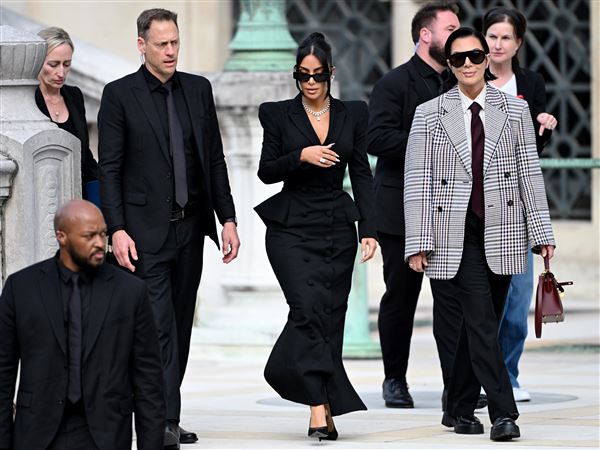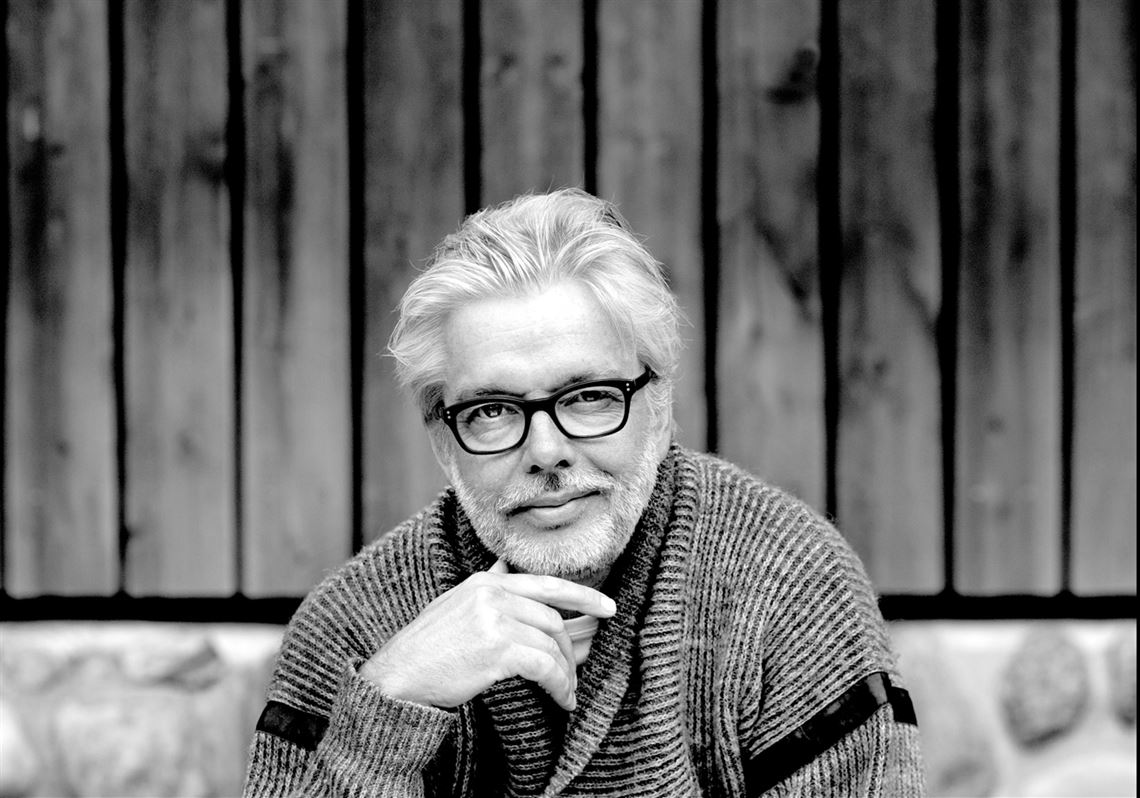If you think it’s been a while since you last saw the Pittsburgh Symphony Orchestra perform, think how Jukka-Pekka Saraste must feel.
Sidelined this fall by the nasty labor dispute between management and musicians, the PSO this weekend is presenting the first concert on its core classical series since last spring.
There was no official acknowledgement of that fact in a crowded Heinz Hall on Friday, no pre-concert speeches or welcome-back videos. Rather, Mr. Saraste, a Finnish conductor who directs the WDR Symphony Orchestra in Germany, simply walked on stage to conduct Beethoven’s Symphony No. 7 and Sibelius’ Symphony No. 5. He had not appeared with the PSO since the last millenium — 1999, to be exact — and was now tasked with bringing the orchestra into a new year and a new, post-strike normal.
The program was not especially imaginative, featuring two tremendous but standard pieces that last appeared on PSO programs in late 2014. But the works share much in common. Both seem to build not from one movement to the next, but toward their epic finales, seemingly inevitable extensions of all that came before them.
Beethoven, who expanded the scope and ambition of the symphonic form more than any other composer, is known for the heroic, multimovement scale of his music. Similarly, Sibelius’ Fifth, swirling and ethereal, finds its highest apex in the swan theme of the last movement, one of the greatest finales in the musical literature.
A weak interpretation of either of those final movements can pull at the thread of an entire performance. By contrast, a strong one can nearly save them, as if a triumphant end justifies any means.
Conducting from memory, Mr. Saraste took brisk tempos throughout the Beethoven. That quick pulse curbed the effect of some of the work’s structural contrasts: He took the ostensibly slow introduction and body of the first movement at a similar pace, as he did with the trio and scherzo sections of the third movement. Fine details were scattered throughout — the moody atmosphere of the second movement, the swelling and contracting woodwinds of the third — but the performance, if taut, was almost understated.
And then came the fourth movement, full of energy: Mr. Saraste appeared to be wielding a magic wand, sweeping his hands through the air and prompting the most lively, piquant playing of the work. The somewhat muted performance of the first three movements highlighted the contrast with the fourth.
I had the same thought after listening to the Sibelius, also conducted from memory. The opening movement, full of moments of tension and release, still feels like a foreshadowing of the finale, encountering a wandering bassoon solo or effervescent plucking of strings along the way.
So the finale feels like a true arrival, and the orchestra nailed it, A fully stocked horn section initiated that swan theme with restraint but purpose, heightening the majestic effect of the second statement. Wagner famously referred to Beethoven’s Seventh as the “apotheosis of the dance,” and Sibelius’ work seemed similarly lofty.
Program repeats 2:30 p.m. Sunday.
Elizabeth Bloom: ebloom@post-gazette.com, 412-263-1750 and Twitter: @BloomPG.
First Published: January 14, 2017, 5:00 a.m.
















